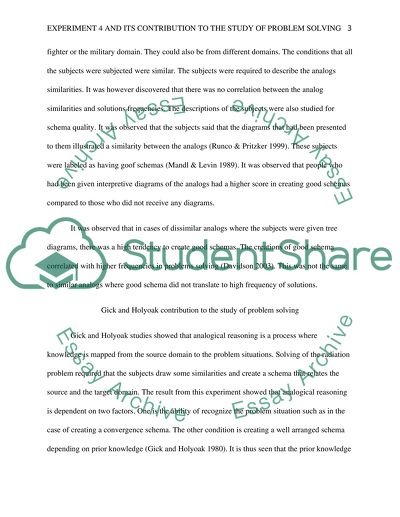Cite this document
(“Describe Gick and Holyoak's (1980) Experiment 4 and assess its Essay”, n.d.)
Retrieved from https://studentshare.org/psychology/1493384-describe-gick-and-holyoakyies
Retrieved from https://studentshare.org/psychology/1493384-describe-gick-and-holyoakyies
(Describe Gick and Holyoak'S (1980) Experiment 4 and Assess Its Essay)
https://studentshare.org/psychology/1493384-describe-gick-and-holyoakyies.
https://studentshare.org/psychology/1493384-describe-gick-and-holyoakyies.
“Describe Gick and Holyoak'S (1980) Experiment 4 and Assess Its Essay”, n.d. https://studentshare.org/psychology/1493384-describe-gick-and-holyoakyies.


